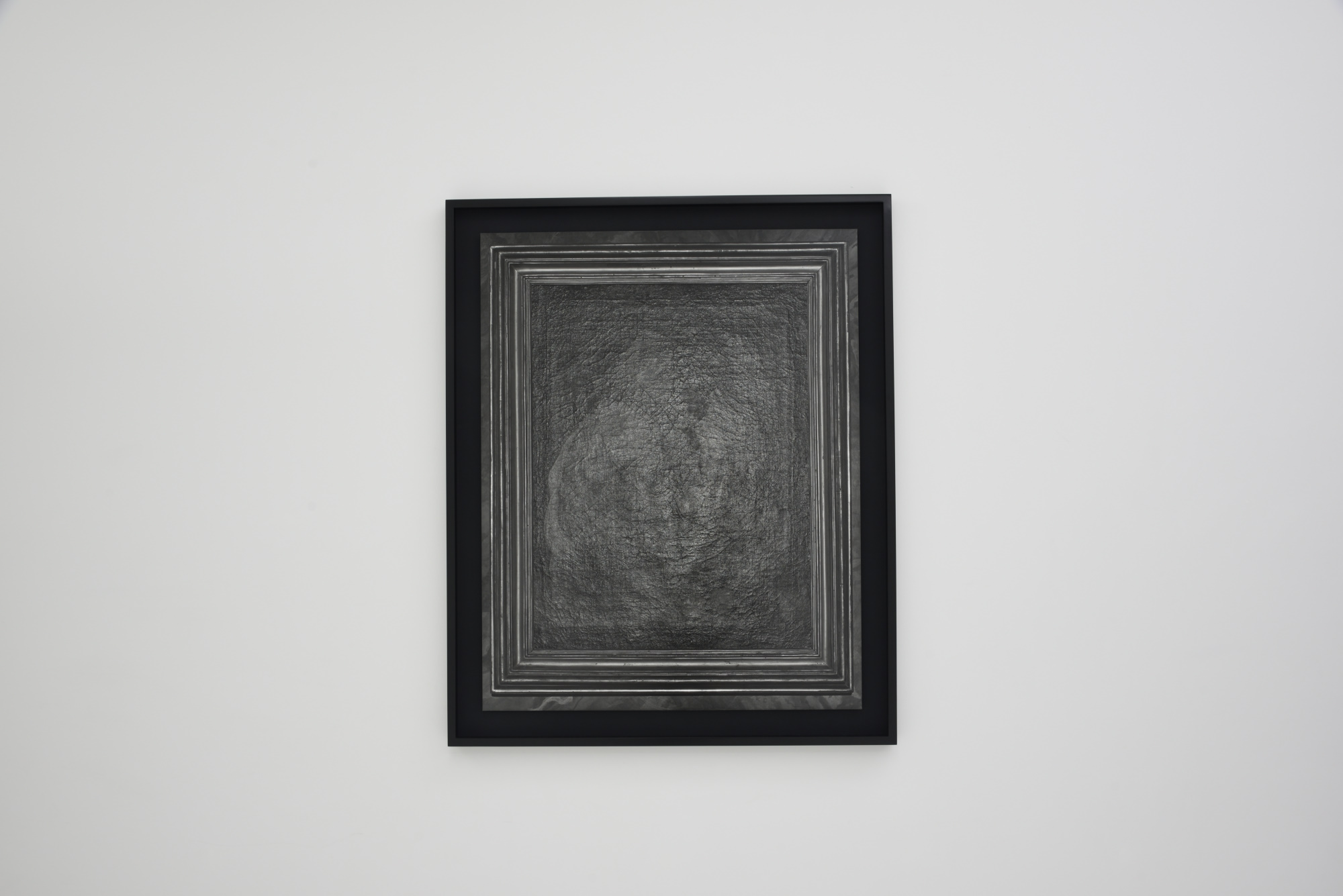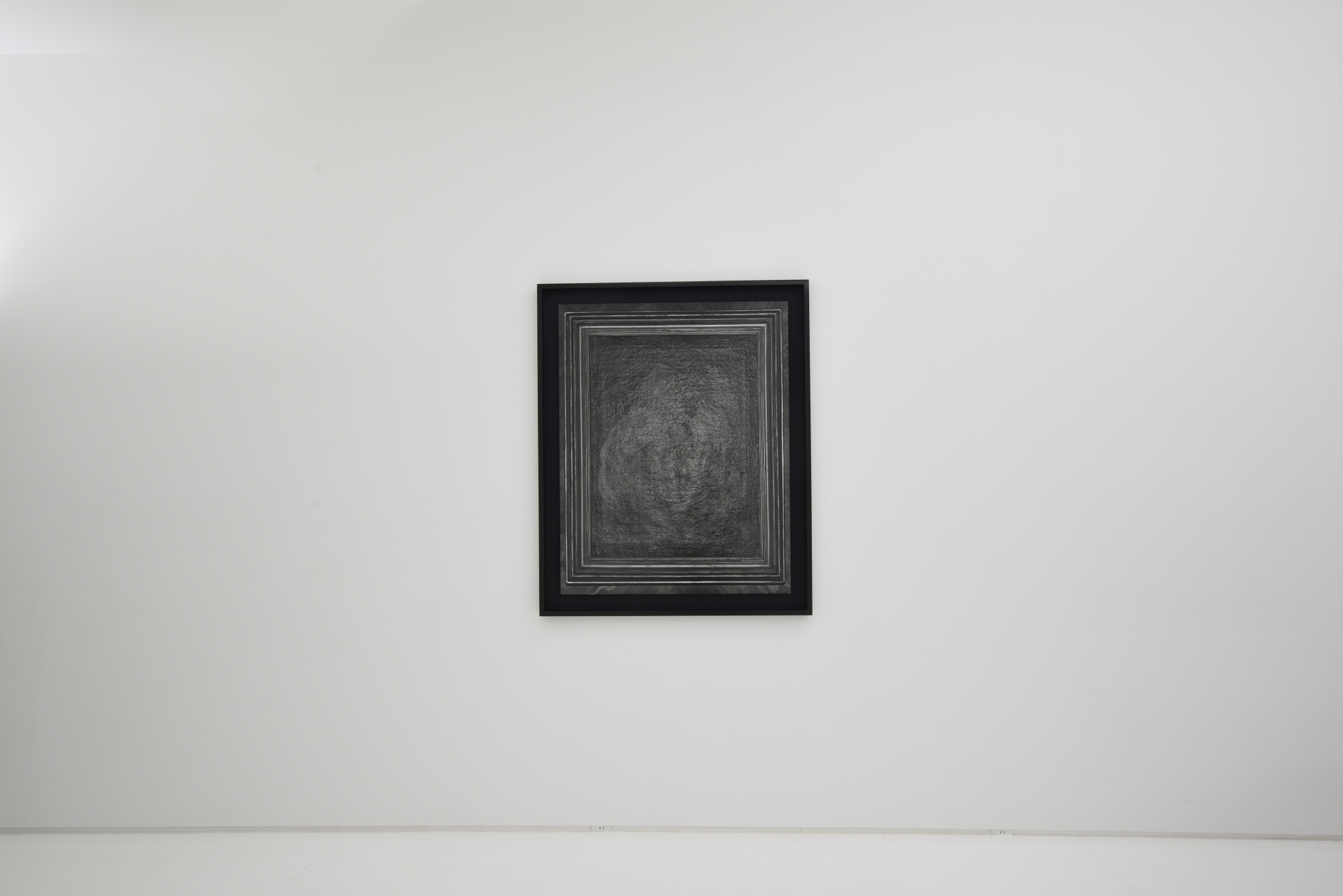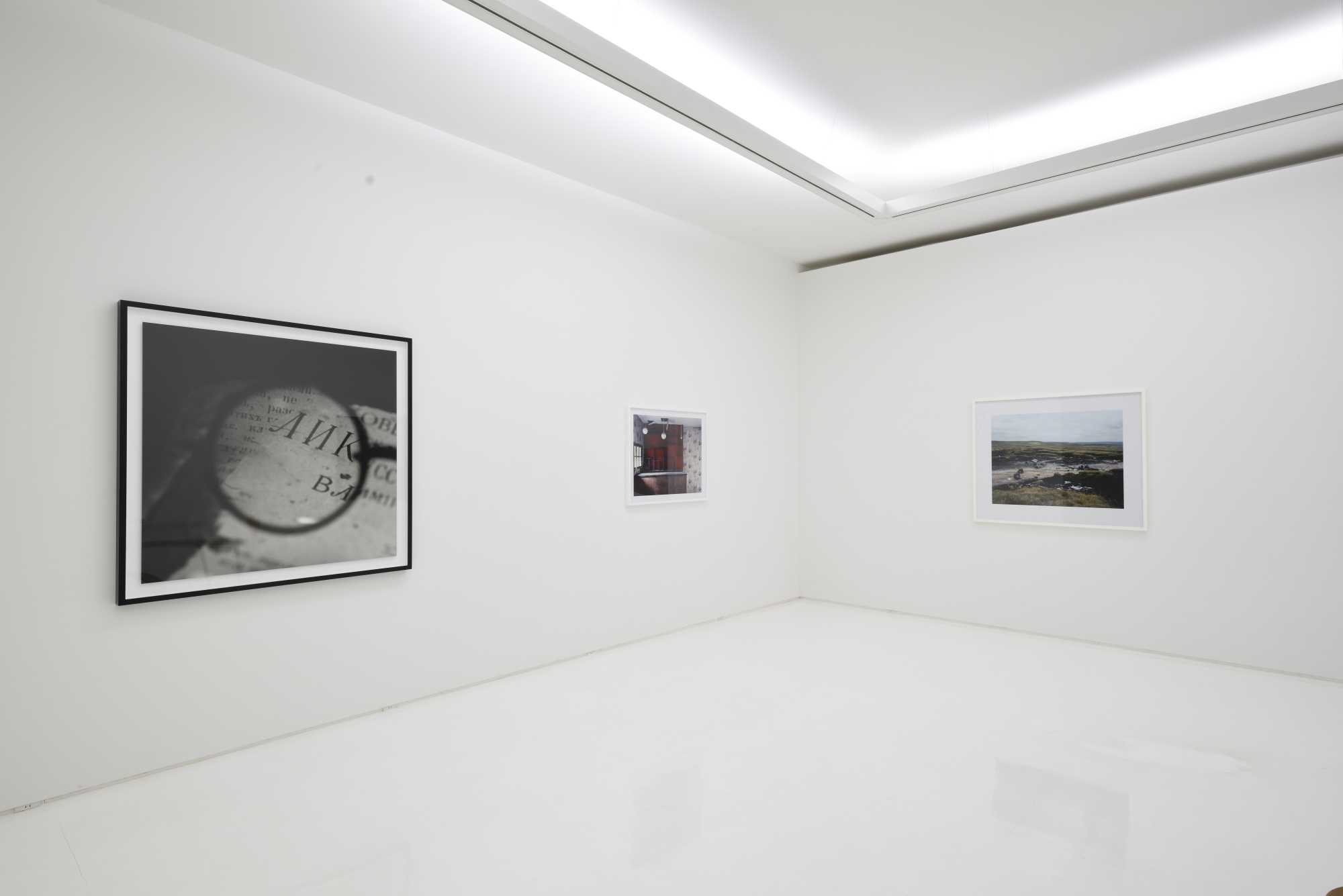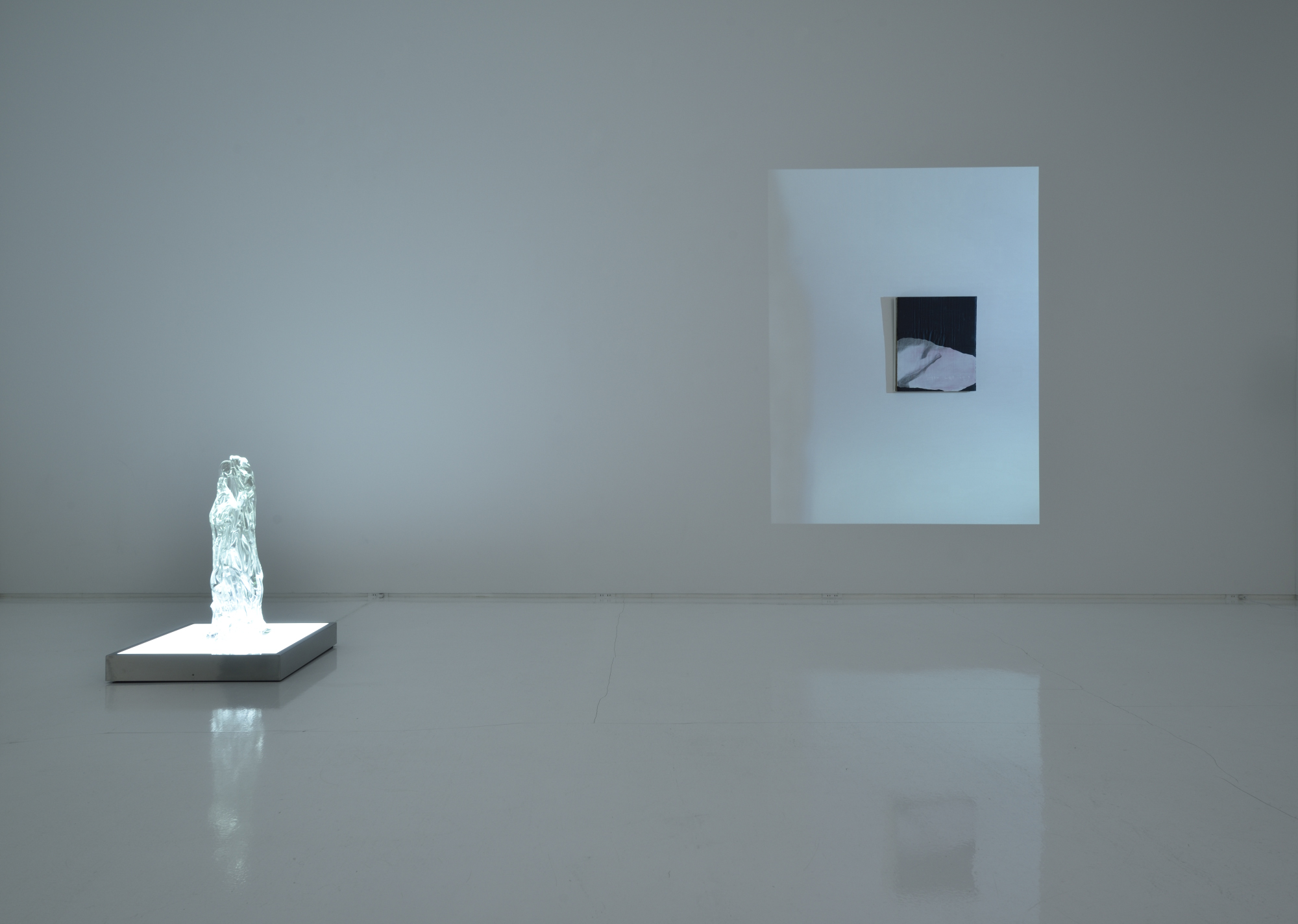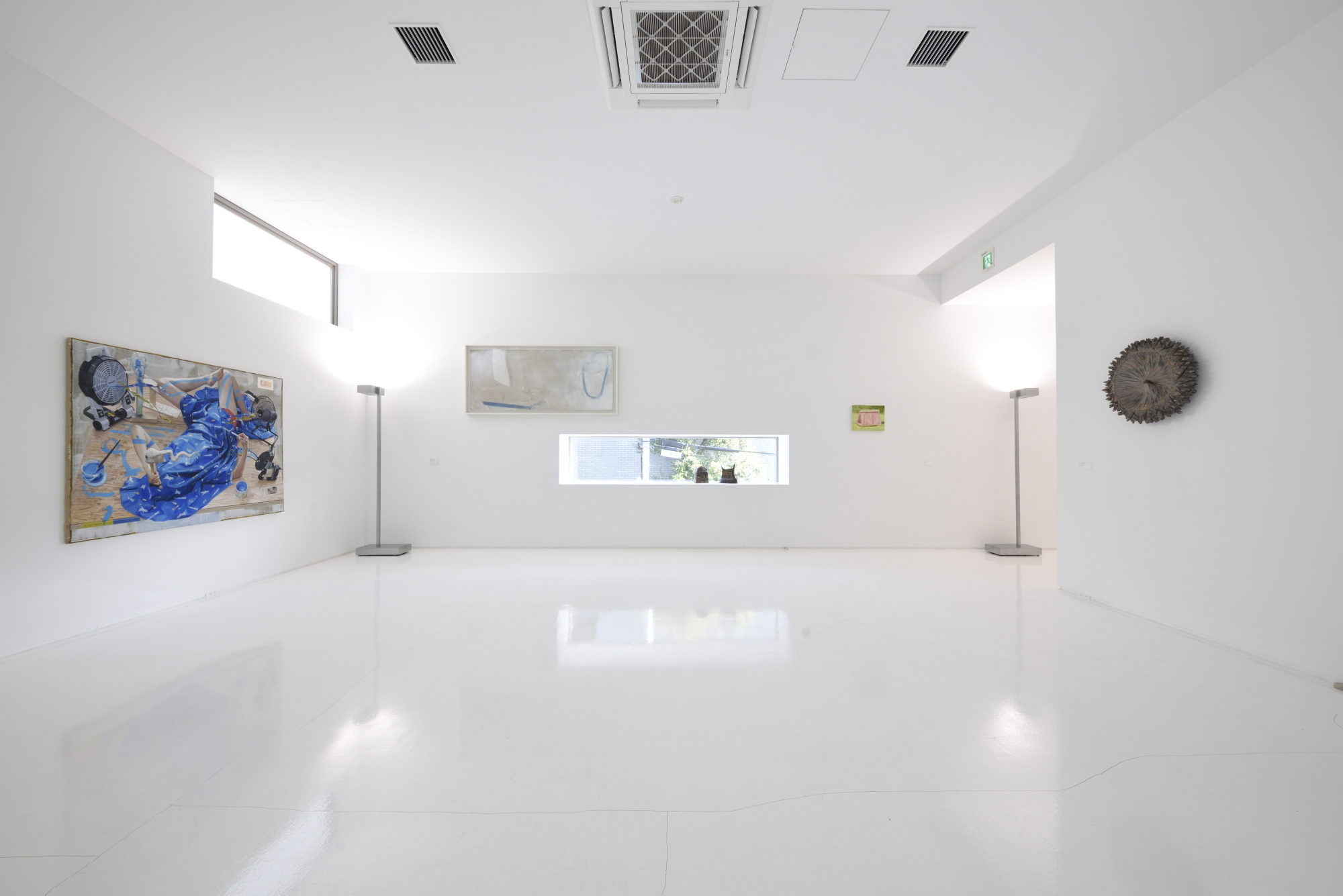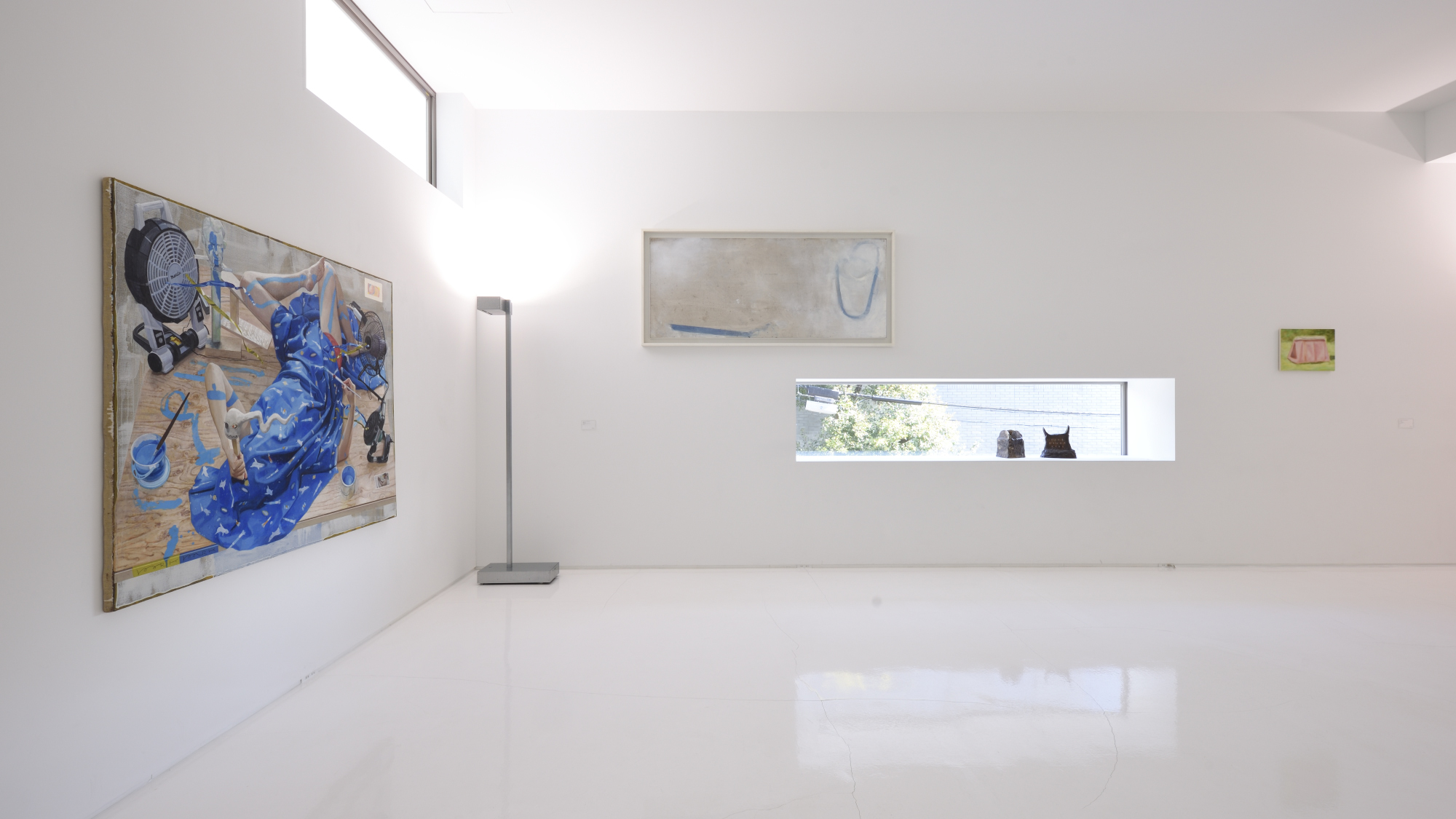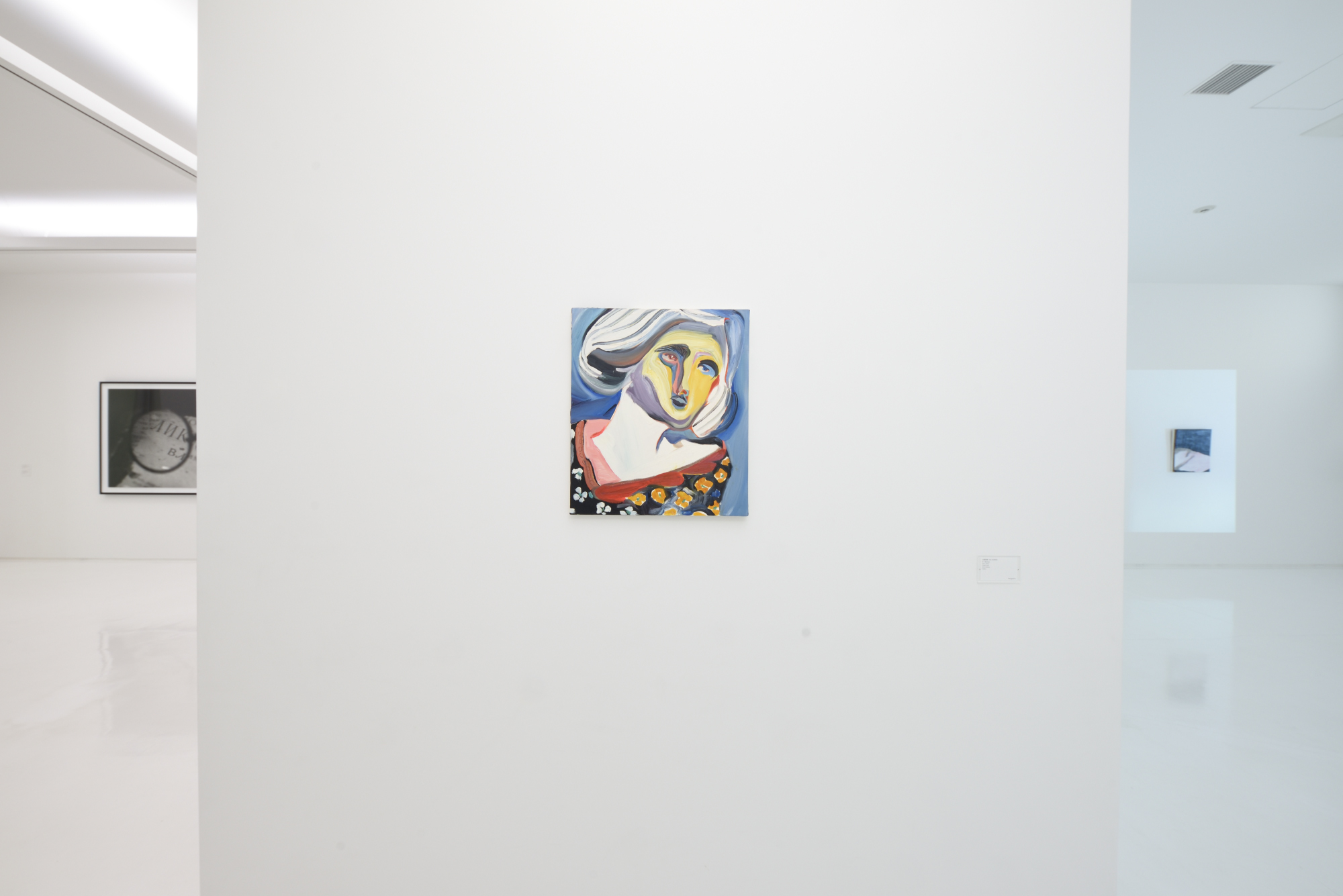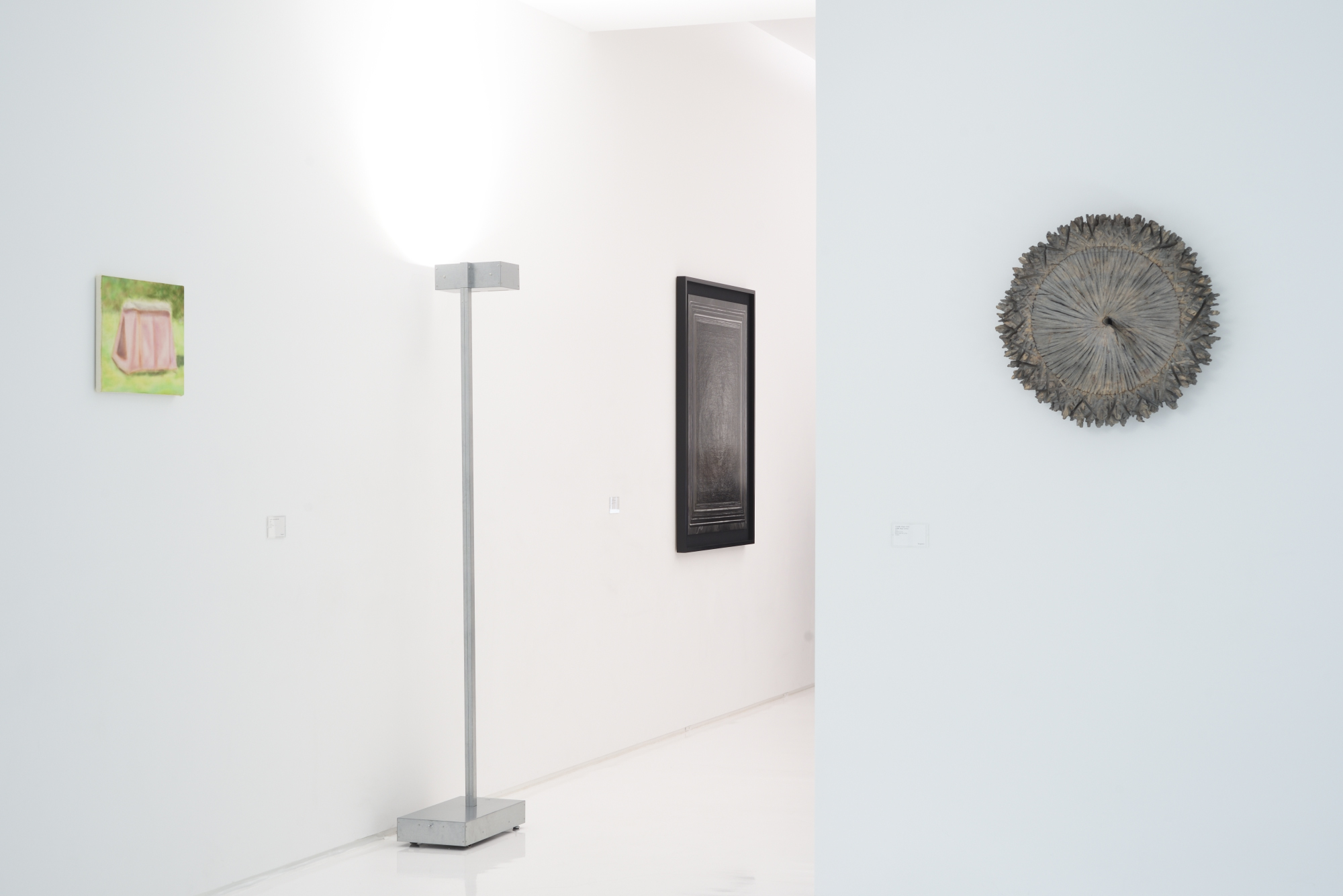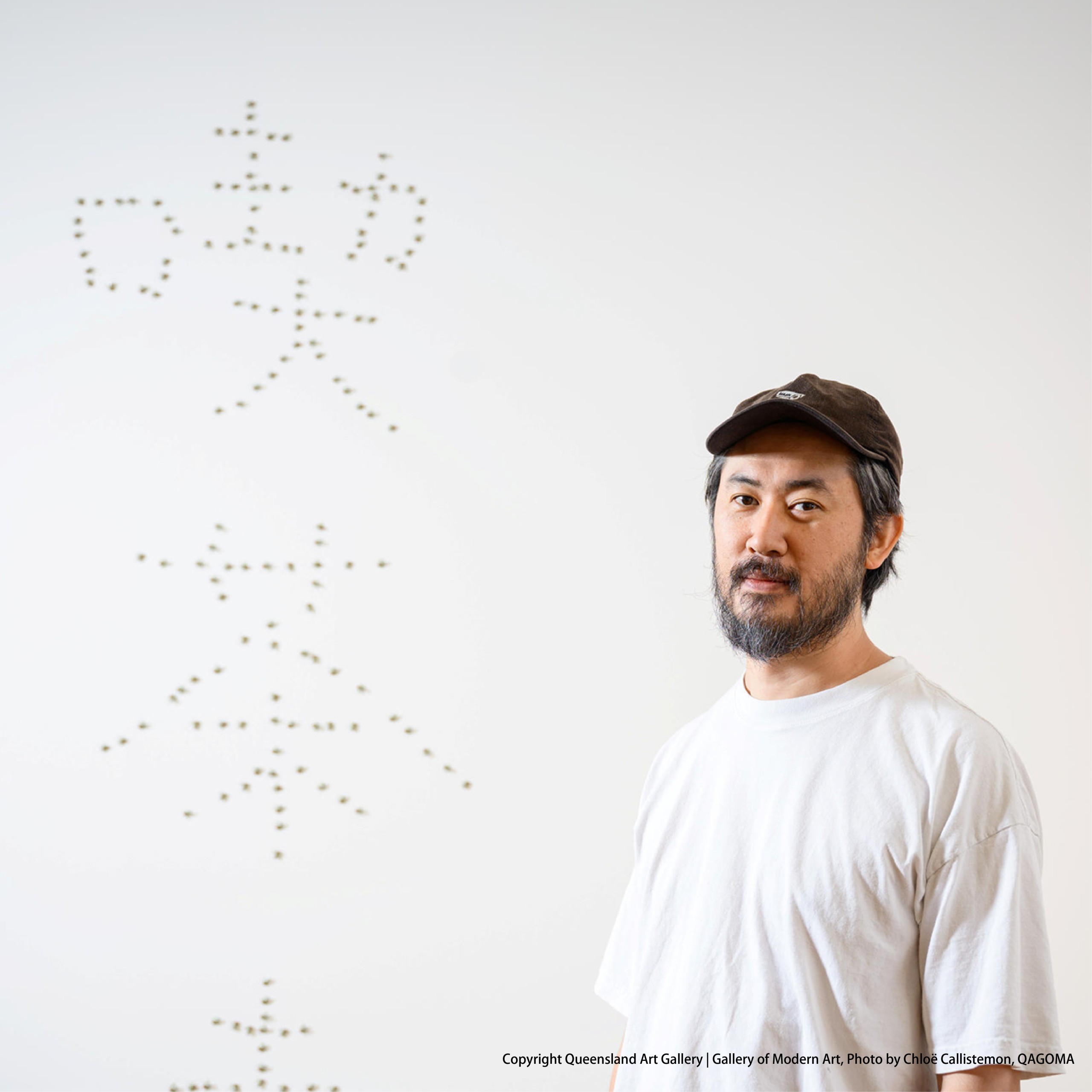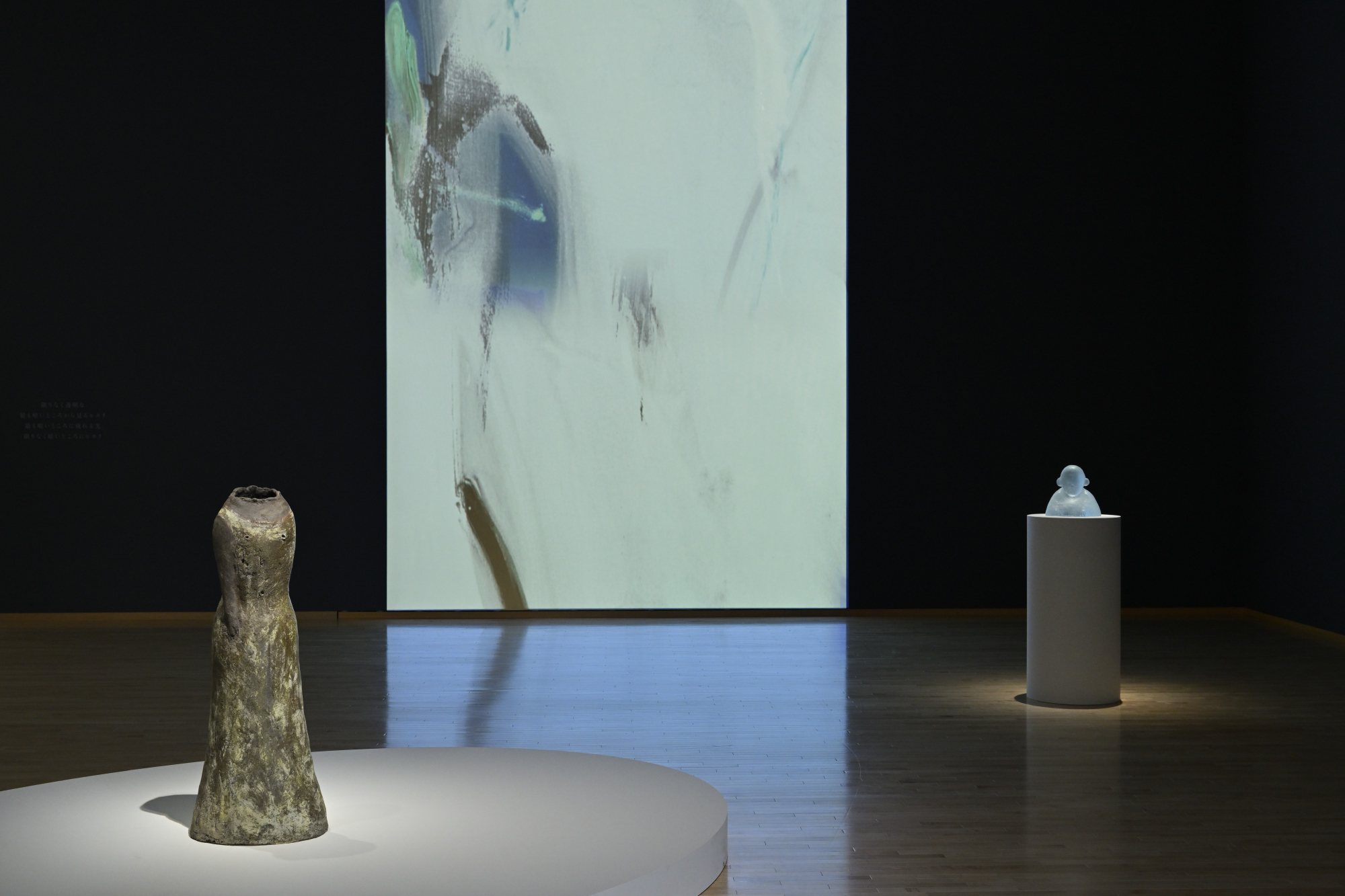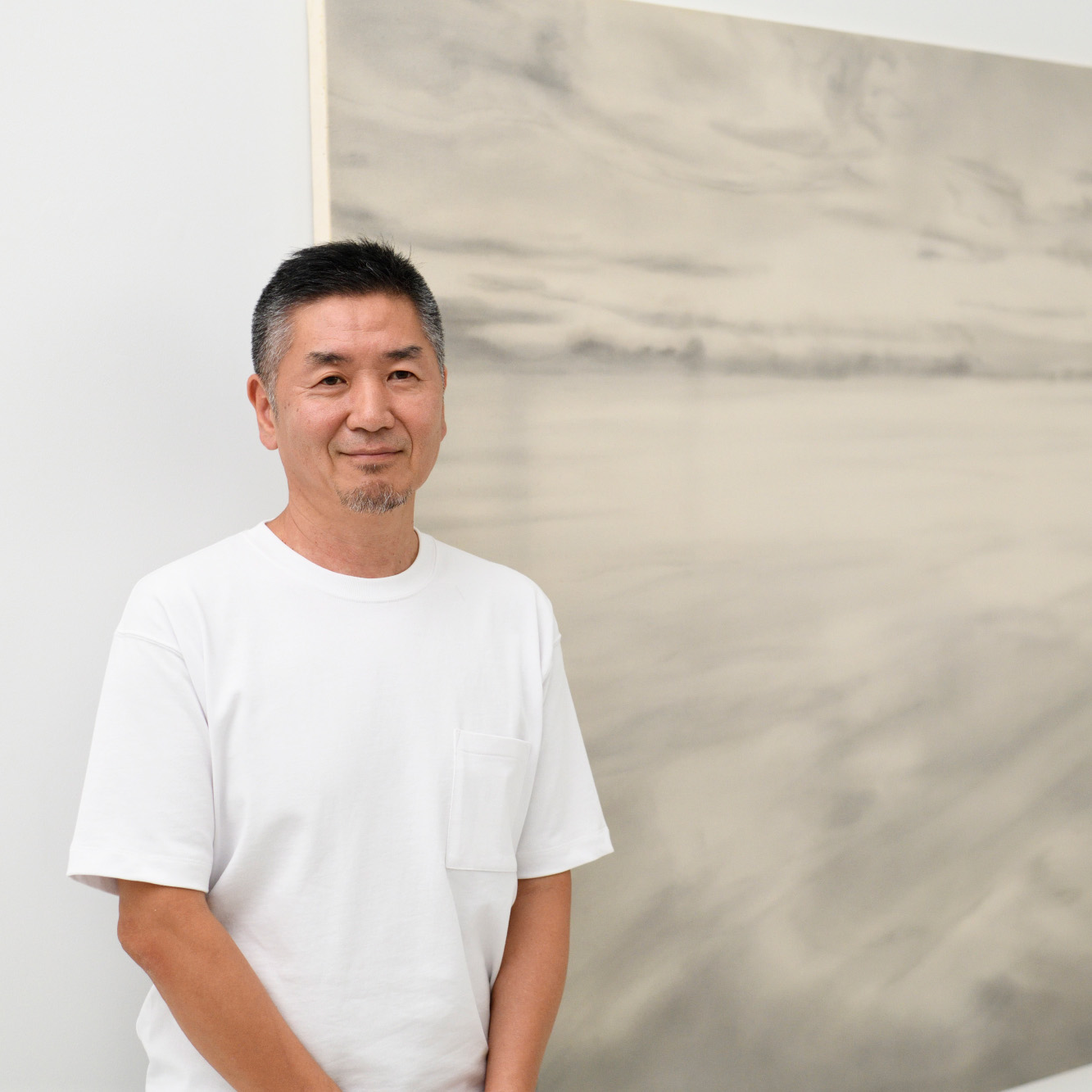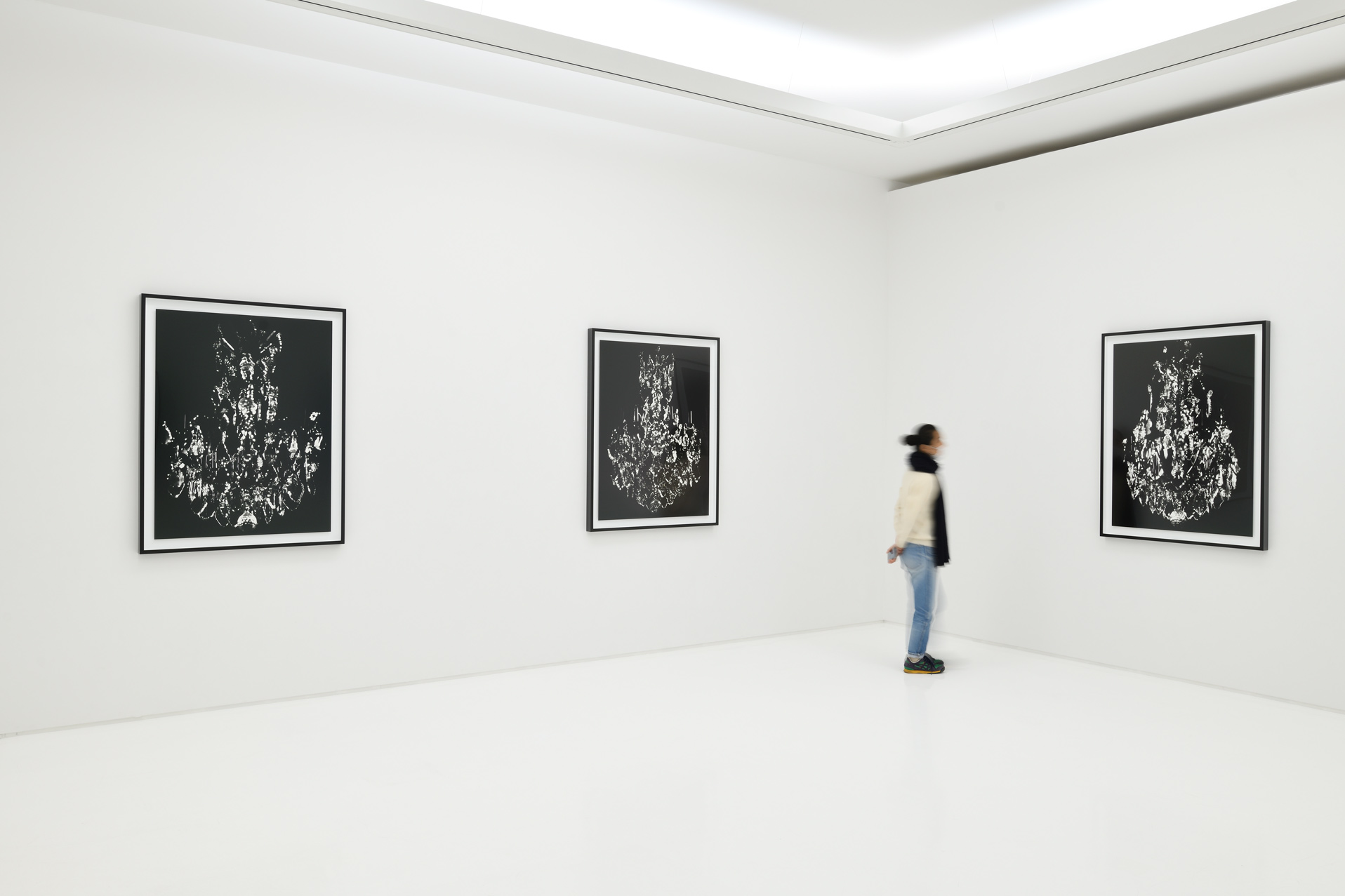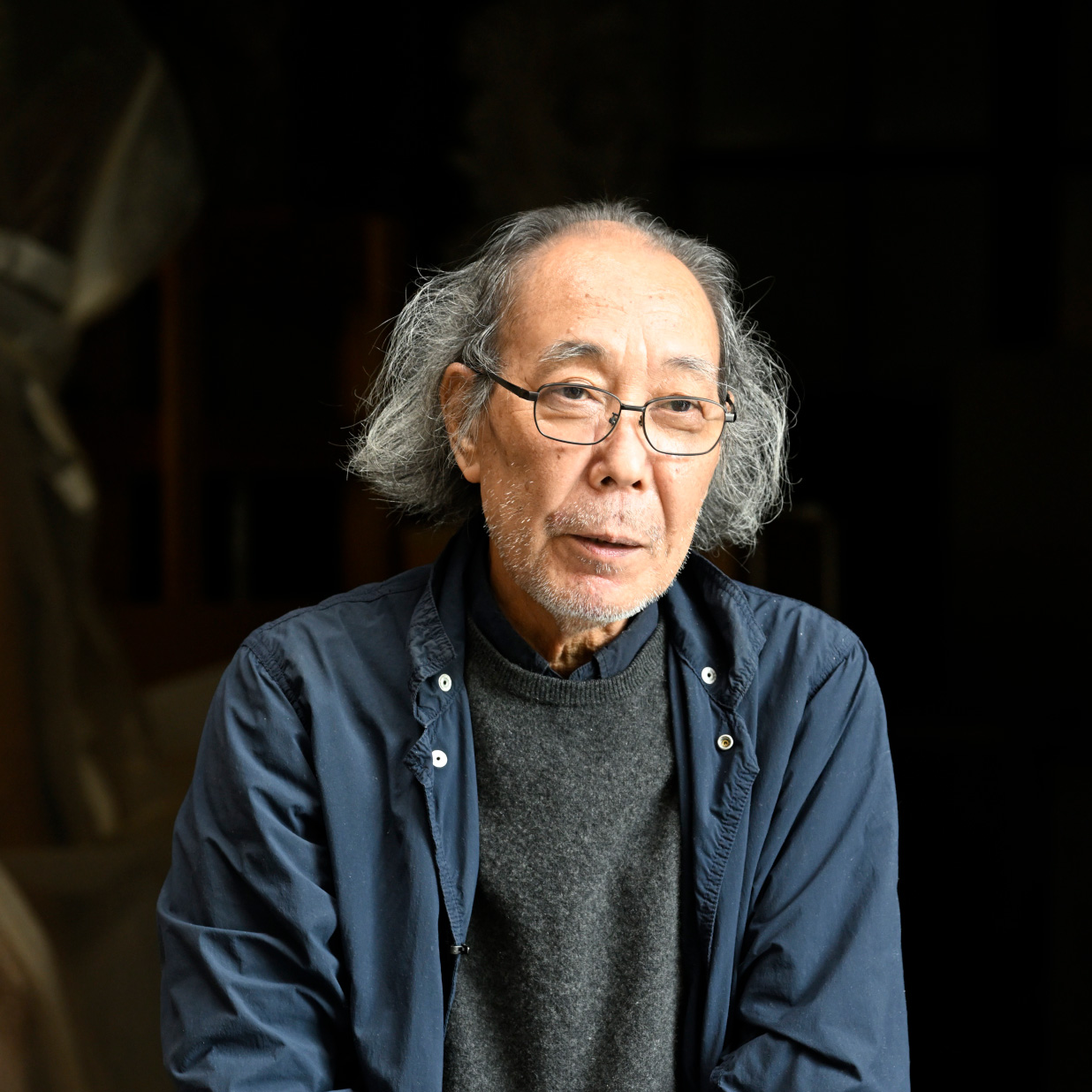ShugoArts Show
About Exhibition
In the exhibition, we are going to present recent works of our artists whose artistic mediums are predominantly either photography or painting and sculpture, by making use of our gallery space that is loosely divided into the front and back rooms.
In the front room, we are going to showcase film photography that is focused on gelatin silver print by MORIMURA Yasumasa, Yuji ONO and Tomoko YONEDA. Yuji ONO (b. 1963), whose works will be shown for the first time at ShugoArts, depicts light itself by utilizing paintings from the 16th to 18th century and lets the viewer focus on the act of contemplation.
In the back room, we are going to exhibit various artworks such as paintings by Masaya CHIBA, Masato KOBAYASHI, Aki KONDO, LEE Kit and Naofumi MARUYAMA and sculptures and three dimensional objects by Yukio FUJIMOTO, Leiko IKEMURA, Ritsue MISHIMA and Shigeo TOYA.
We are planning on having a solo exhibition by Yoriko TAKABATAKE. We are always keeping our online presence up to date, so please go to our website and Facebook for our artists’ recent activities.
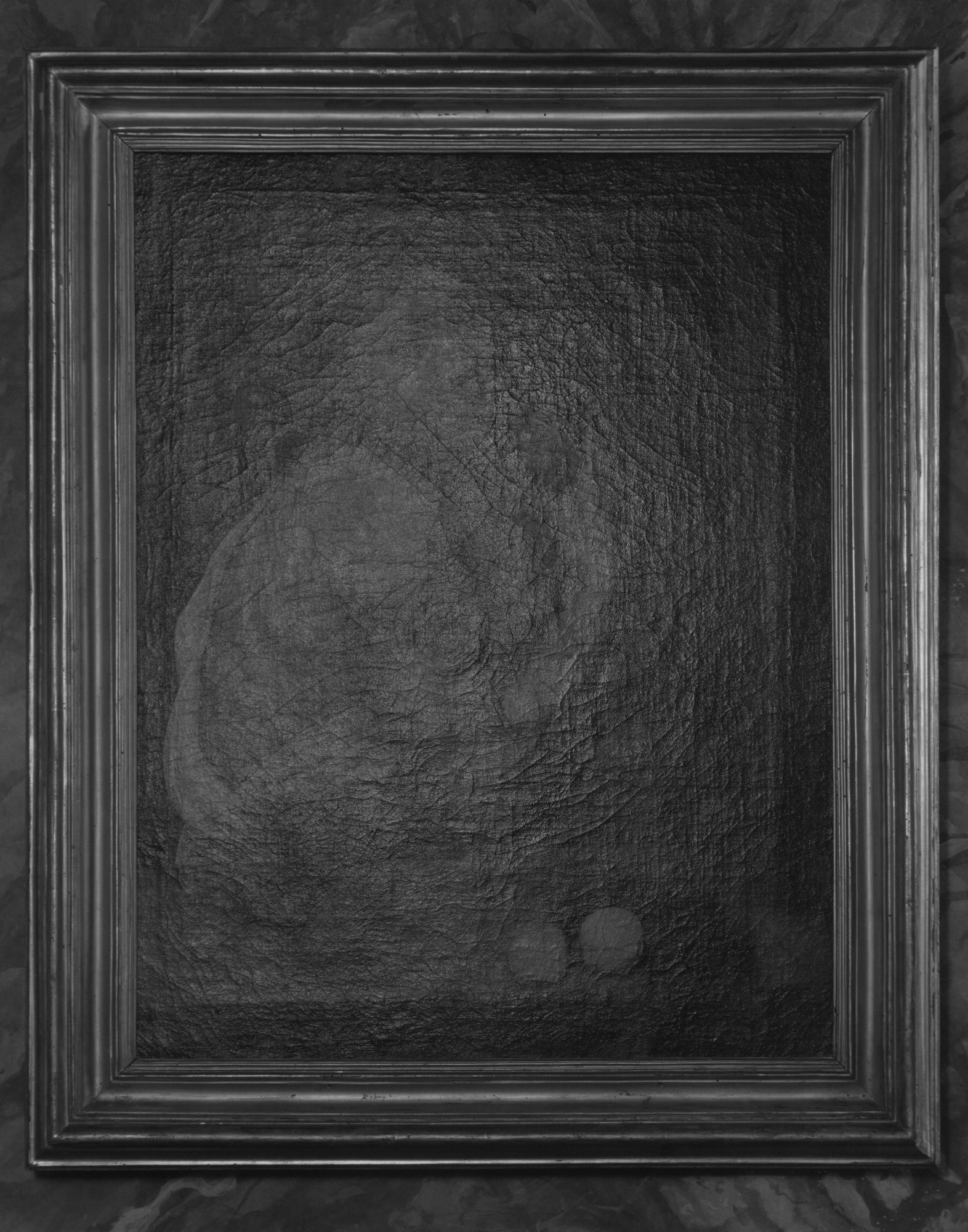
Yuji ONO, Caravaggio, Bacchino malato,
2004, gelatin silver print, 112.5cm×89.5cm, ed.12
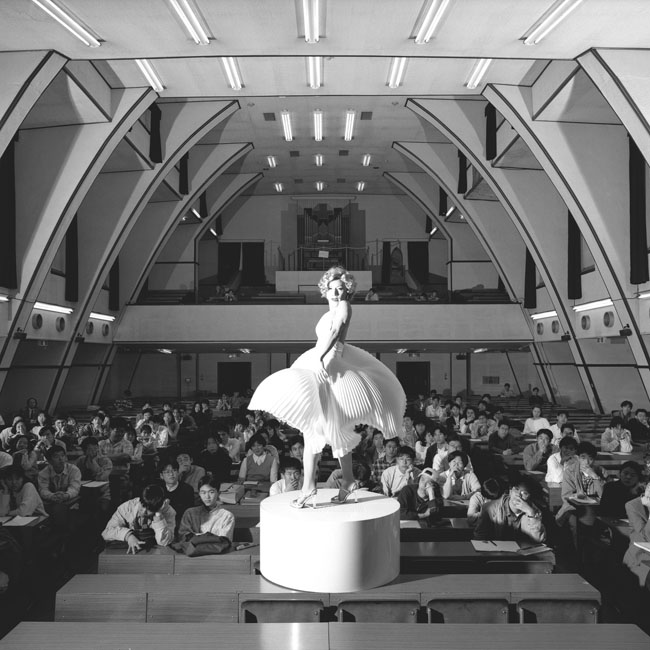
MORIMURA Yasumasa
Self-portrait as Marilyn in Tokyo University, Komaba campus
1995/2008, gelatin silver print, 137x137cm, ed,7
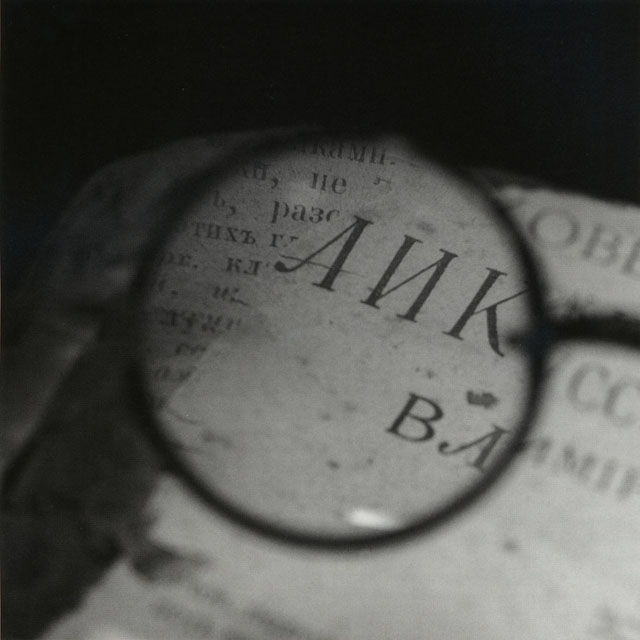
Tomoko YONEDA
Trotsky’s Glasses – Viewing a dictionary that was damaged in the first assassination attempt on his life
2003, gelatin silver print, 120x120cm ed.5, 75x75cm ed.7, 38x38cm ed.8
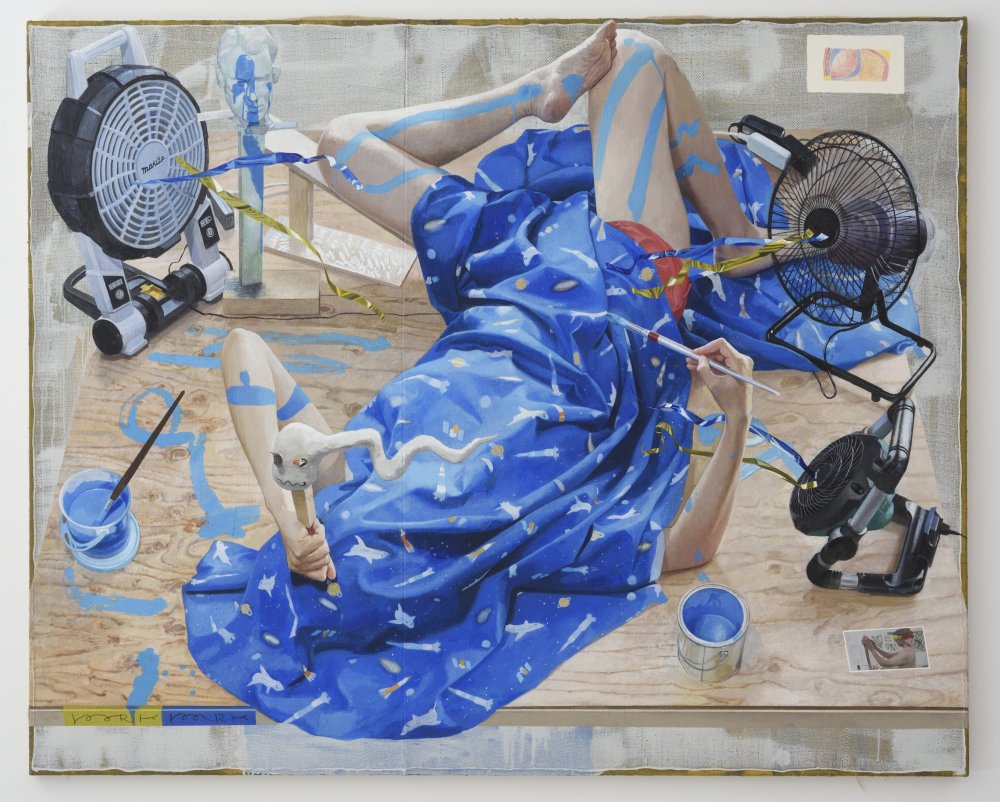
Masaya CHIBA,
Pork Park #5
2016, oil on canvas, 130x162cm
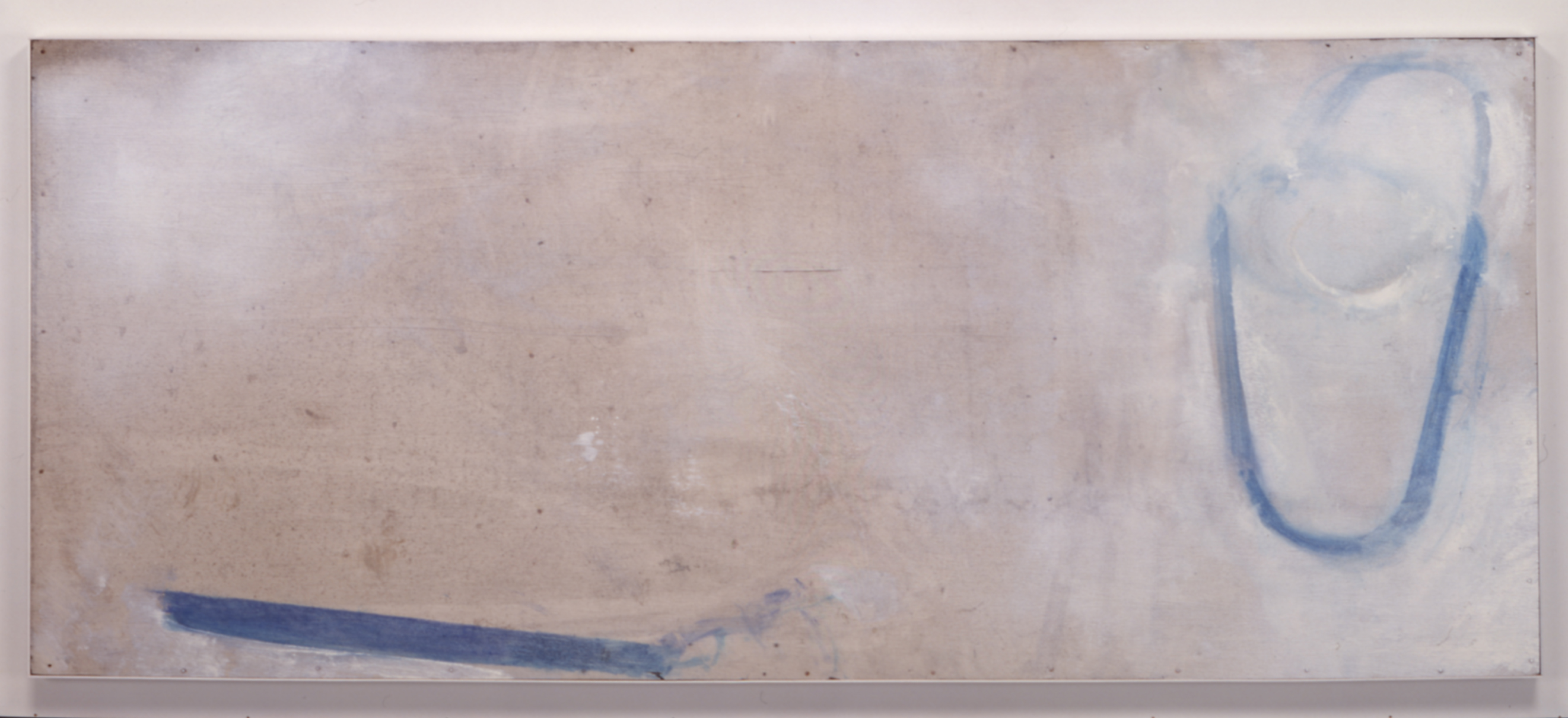
Masato KOBAYASHI,
Motif
1989-1990, paint, panel, 75×178.5cm
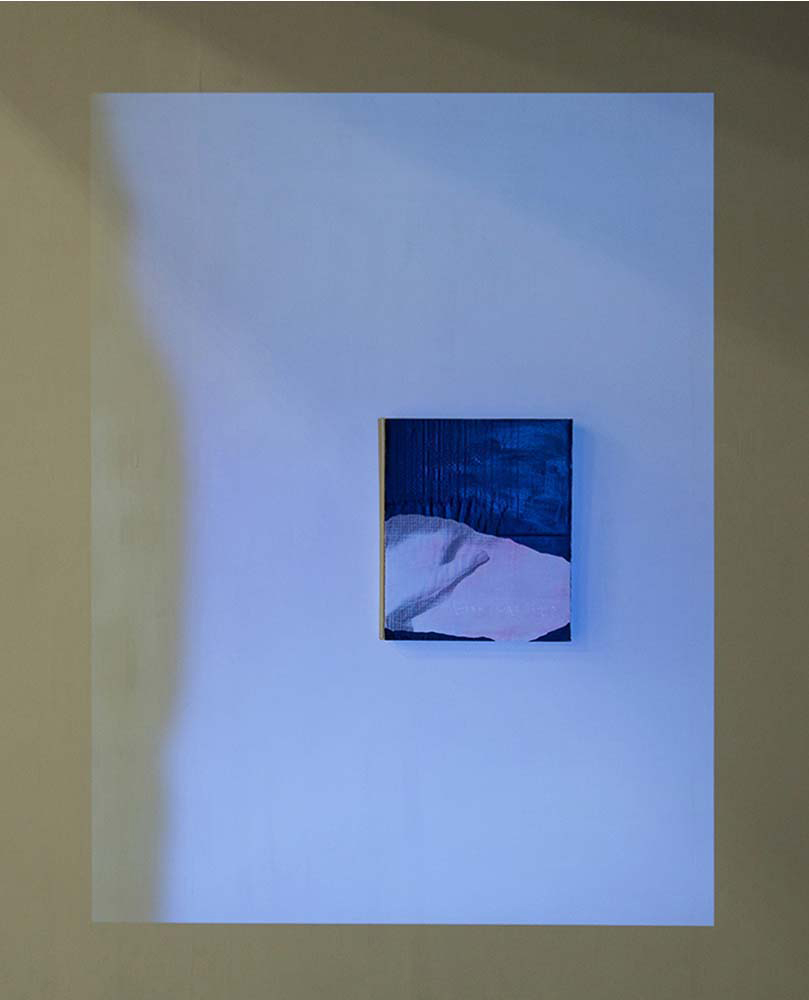
LEE Kit,
The touch,
2014, Acrylic, emulsion paint, inkjet ink, pencil and correction ink on cardboard, projection
painting: 53x45x4cm projection: 204x151cm
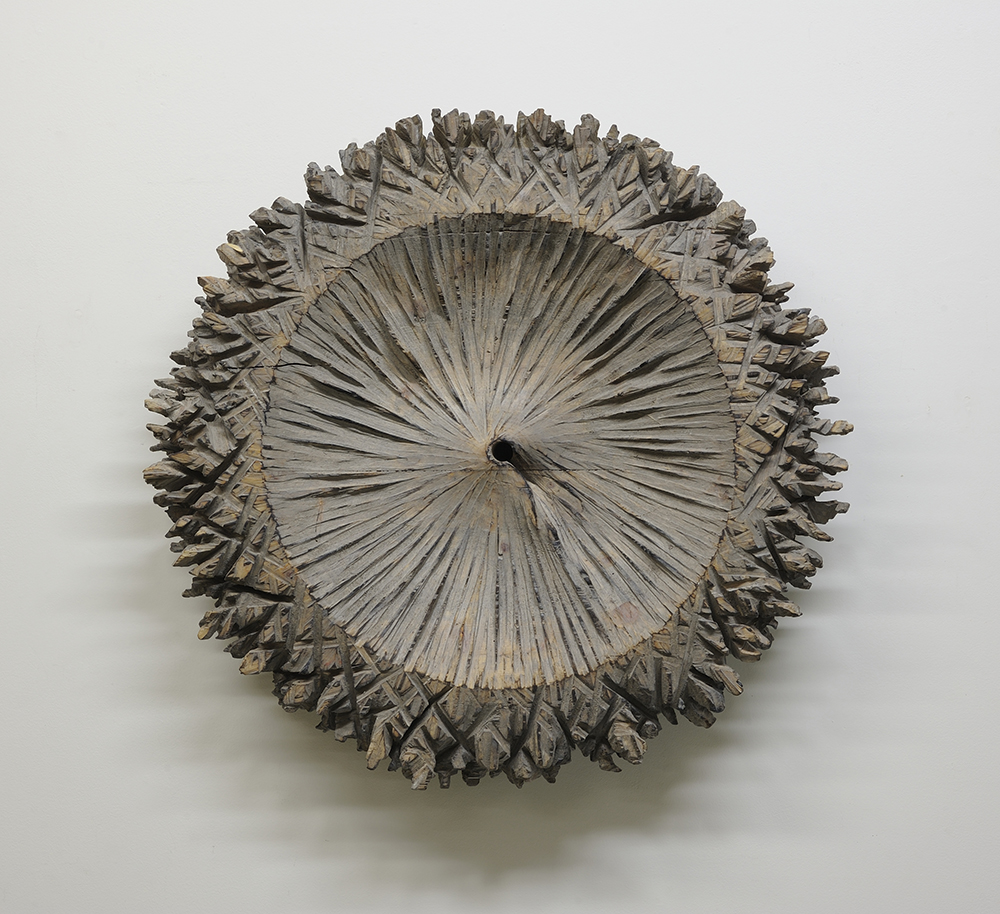
Shigeo TOYA,
Magic Symbol
2012, Wood ashes, acrylic, 60x63x13.5cm
Information
Masaya CHIBA, Yukio FUJIMOTO, Leiko IKEMURA, Masato KOBAYASHI, Aki KONDO, Lee KIT, Naofumi MARUYAMA, Ritsue MISHIMA, MORIMURA Yasumasa, Yuji ONO, Kazuna TAGUCHI, Shigeo TOYA, Tomoko YONEDA
2018.2.10 Sat – 4.7 Sat
ShugoArts
11am ‒ 7pm, Closed on Sun, Mon and Public Holidays
Curated by Minako Ishii
Born in Kanagawa, Japan, in 1980. Currently lives and works in Tokyo. Chiba’s paintings are created through a process in which the artist actively engages with the objects of his choice as much as necessary; he extracts images from his surroundings and previous life events and reconstructs them on canvas while utilizing his handmade motifs. With his sophisticated skill set, Chiba can differentiate textures of various motifs in his paintings where he establishes a complex world combining pseudo-reality, pure artificiality and reality. While sincerely imprinting copious achievements of paintings of all times and places on his mind, the artist boldly disturbs the existing structure of contemporary art with his preferred medium, painting.
Selected exhibitions: Painting and iPS-derived cardiac muscle sheet, ShugoArts, Tokyo, 2025; The 11th Asia Pacific Triennial of Contemporary Art, Queensland Art Gallery & Gallery of Modern Art, Queensland, 2024-2025; Sideward Exhibition, ShugoArts, Tokyo, 2023; Masaya Chiba Exhibition, Tokyo Opera City Art Gallery, Tokyo, 2021; Assembridge NAGOYA, Former Minato Dormitory of Nagoya customs, Nagoya, 2019; Painting and …, Gallery αM, Tokyo, 2018; Perry Rhodan and my life, Art Center Ongoing, Tokyo, 2018; MAM Collection 006: Materials and Boundaries – Handiwirman Saputra + Chiba Masaya, Mori Art Museum, Tokyo, 2017; What to Do With Memories by Utilizing Things Such as Indirect Lighting in Light Box Style, Yatsuzaki Halo, Feeling of Wanting to Kiss, Family Story, Sagamihara Stone Burger, Forget Medusa, and Element 50m Ahead, ShugoArts, Tokyo, 2017; Discordant Harmony, Hiroshima City Museum of Contemporary Art, Hiroshima, 2015 (Travelled to Seoul and Taipei); Roppongi Crossing 2013: OUT OF DOUBT, Mori Art Museum, Tokyo, 2013
Born in 1950 in Nagoya and currently residing in Osaka, Japan. Yukio Fujimoto studied electronic music at Osaka University of Arts. He engages in performances and installations utilizing electronics. Since presenting his first sound object in the mid-1980s, he has developed a unique artistic direction. He exhibited his works at the Venice Biennale in 2001 and 2007. Through his creations, he continues to challenge auditory and visual perception, provoking the viewer’s awareness and expanding their sensory experience.
Selected solo exhibitions: BLOOM’S BROOM, ShugoArts, Tokyo, 2024; Curatorial Studies 12: The 100th Anniversary of Duchamp’s Fountain, Case 2: He CHOSE it., The National Museum of Modern Art, Kyoto, 2017; The Tower of Time, Icon Gallery, Birmingham, 2009; +/-, The National Museum of Art, Osaka, 2007; relations, The Museum of Modern Art, Wakayama, 2007; Audio Picnic at the Museum 1/10—10/10, Otani Memorial Art Museum, Nishinomiya City, Hyogo, 1997-2006.
Selected public collections: Museum of Contemporary Art Tokyo (Tokyo, Japan); The National Museum of Art (Osaka, Japan); Otani Memorial Art Museum, Nishinomiya City (Hyogo, Japan); Hiroshima City Museum of Contemporary Art (Hiroshima, Japan); Hyogo Prefectural Museum of Art (Hyogo, Japan); Hara Museum ARC (Gunma, Japan).
Leiko Ikemura was born in Tsu City, Mie, Japan. She moved to Spain in the 1970s, then to Switzerland, and has been based in Germany since the early 1980s. Ikemura was a professor at the Berlin University of the Arts from 1991 to 2015. She has served as a visiting professor at the graduate school of Joshibi University of Art and Design since 2014. In 2019, she won the Minister of Education, Culture, Sports, Science and Technology’s Art Encouragement Prize. Ikemura works in a variety of media including painting, terra cotta, bronze, glass, photography, and poetry. She utilizes traditional materials for her paintings and sculptures, which contain a high level of spirituality and are highly acclaimed both domestically and internationally. The shapes and colors emitted from the unique texture of her art create images that blend figures, plants, and horizons, encompassing the fluid relationship between people, nature, and the universe.
Selected solo exhibitions: infinitely transparent, ShugoArts, Tokyo, 2022; Nach Neuen Meeren, Kunstmuseum Basel, Basel, Switzerland, 2019; Nordiska Akvarellmuseet, Skärhamn, Sweden, 2019; Our Planet – Earth and Stars, National Art Center, Tokyo, 2019; After another world, ShugoArts, Tokyo, 2017; …und plötzlich dreht der Wind, Haus am Waldsee, Berlin, 2016; Poetics of Form, Nevada Museum of Art, Reno (Nevada), 2016; All About Girls and Tigers, Museum für Ostasiatische Kunst Cologne, 2015; Pioon, The Vangi Sculpture Garden Museum, Shizuoka, 2014; i-migration, Staatliche Kunsthalle Karlsruhe, 2013; Korekara oder die Heiterkeit des fragilen Seins, Museum für Asiatische Kunst, Staatliche Museen zu Berlin, Stiftung Preußischer Kulturbesitz, Berlin, 2012; Mare e Monti. Kolumba, Cologne, 2012; Transfiguration, The National Museum of Modern Art, Tokyo, Mie Prefectural Art Museum, Mie, 2011.
Selected Public Collections: Bundeskunstsammlung (Berlin, Germany), The Centre Pompidou (Paris, France), Kunstmuseum Basel (Basel, Switzerland), Kunstmuseum Liechtenstein (Vaduz, Liechtenstein), Museum für Ostasiatische Kunst Köln (Cologne, Germany), mumok – Museum Moderner Kunst Stiftung Ludwig Wien (Vienna, Austria), Museum of Contemporary Art Tokyo (Tokyo, Japan), The National Museum of Art, Osaka (Osaka, Japan), MOMAT – The National Museum of Modern Art (Tokyo, Japan), Pola Museum of Art (Kanagawa, Japan), Staatliche Kunsthalle Karlsruhe (Karlsruhe, Germany)
Masato Kobayashi was born in Tokyo in 1957. He was the Japanese representative of the 1996 São Paulo Bienniale. In 1997, invited by Jan Hoet, he traveled to Europe, and continued to create works in various locations while based in Ghent, Belgium. Kobayashi returned to Japan in 2006 and began working based in Tomonoura, Fukuyama City, Hiroshima. He was also a professor at the Tokyo University of the Arts from 2017 to 2023. He has developed a unique technique of applying color by rubbing it into the canvas while supporting the fabric with one hand, simultaneously stretching it over the wooden frame to bring the painting to life and “aiming for a painting that does not lose its essence by merely existing.” Kobayashi has prolifically produced paintings that possess a form and unique brightness that can only emerge from that specific situation.
Selected solo exhibitions: “About Freedom”, ShugoArts, Tokyo, 2023; “Family of this Planet”, ShugoArts, Tokyo, 2021; “Artist and the Model”, ShugoArts, Tokyo, 2019; “ART TODAY 2012”, Sezon Museum of Modern Art, Nagano, 2012; “MASATO KOBAYASHI – The Paint of the Planet”, Nariwa Museum, Okayama, 2009; “Starry Paint, stars of outer space by pure painting”, Tensta Konsthall, Spanga, Sweden, 2004; “A Son of Painting Masato Kobayashi”, S.M.A.K., Ghent, 2001; “KOBAYASHI Masato”, The Miyagi Museum of Art, 2000.
Publications: Masato Kobayashi MK, HeHe, 2024; The autobiographical novel trilogy, Paint of this Planet—Under the tree at Hitotsubashi University, ART DIVER, 2018; Paint of this Planet—Duifhuisstraat 52, ART DIVER, 2020
Selected Public Collections: Iwaki City Art Museum (Iwaki, Japan). The Miyagi Museum of Art (Sendai, Japan). The Museum of Contemporary Art Tokyo (Tokyo, Japan). The National Museum of Modern Art, Tokyo (Tokyo, Japan). Utsunomiya Museum of Art (Utsunomiya, Japan). S.M.A.K. The Municipal Museum of Contemporary Art (Ghent, Belgium). The Vangi Sculpture Garden Museum (Shizuoka, Japan)
Born in 1987 in Hokkaido and currently residing in Yamagata, Japan. Aki Kondo continues to depict hope and compassion for all forms of life through bold colors and dynamic brushstrokes. For Kondo, who believes that “to paint is to live,” the act of creation is both a process of envisioning the world she wishes to see and a means of self-recognition through painting. Her artistic expression extends beyond canvases and panels, freely expanding into three-dimensional objects, walls, ceilings, and entire spaces. Additionally, Kondo has demonstrated her talent in various artistic endeavors, including writing, directing, and producing the short film HIKARI, which seamlessly blends approximately 14,000 oil-painted animation frames with live-action footage.
Selected exhibitions: Aki Kondo: What I Saw, When I Tore Myself Open, Art Tower Mito, Ibaraki, 2025; I Wanted to See You, ShugoArts, Tokyo, 2023; Aichi Triennale 2022, Aichi, 2022; Stars, Sparkling, Yamagata Museum of Art, Yamagata, 2021; The Happiness that Exists Here, ShugoArts/ Phillips Tokyo/ Contemporary Art Foundation, Tokyo, 2021; Takamatsu Art Museum Collection + Body and Movement, Takamatsu City Museum of Art, Kagawa, 2020; Flowers in the Heart, ShugoArts Online Show, Tokyo, 2020; Today Waiting for That Day and Tomorrow, ShugoArts, Tokyo, 2018; Paintings Here And Now, Fuchu Art Museum, Tokyo, 2018; HIKARI, Daiwa Foundation Japan House, London, 2016; HIKARI, ShugoArts, Tokyo, 2015; THE ECOLOGY OF AKI KONDO, JIKKA, Tokyo, 2013; PHANTOMS OF ASIA: Contemporary Awakens the Past, Asian Art Museum, San Francisco, 2012. VOCA 2022 Honorable Mention Award, 2022.
Born in Hong Kong in 1978. Currently based in Taipei, Lee has taken part in exhibitions internationally, including the US, Europe and Asia. In his art practice, Lee utilizes various media such as projector light, videos, sounds, words and found objects, and his artworks represent the artist’s desire to continuously blaze a trail for new expressions of painting. Having been born and raised in Hong Kong, a city that has been susceptible to political turbulence, Lee has been conscious of the current socio-political climate. He incorporates intricate expressions to provide an opportunity for the viewers to reconsider their relationships with society and others, and the nature of his artwork is what makes his exhibition spaces site-specific, reflecting the ambience and emotions of each location.
Selected solo exhibitions: His gaze has turned in to disdain for those who are well-intentioned yet incapable. (A quiet day), Fridericianum, Kassel, 2025; A blank stare like a gasp, ShugoArts, Tokyo, 2023; Lovers on the Beach, West Den Haag, Den Haag, 2021-2022; (Screenshot), ShugoArts, Tokyo, 2020; Resonance of a sad smile, Art Sonje Center, Seoul, 2019; ‘We used to be more sensitive.’, Hara Museum of Contemporary Art, Tokyo, 2018; I didn’t know that I was dead, OCAT, Shenzhen, China, 2018; Not untitled, ShugoArts, Tokyo, 2017; A small sound in your head, S.M.A.K, Ghent, 2016; Hold your breath, dance slowly, The Walker Art Centre, Minneapolis, USA, 2016; The voice behind me, Shiseido Gallery, Tokyo, 2015; ʻYou (you).ʼ, the 55th Venice Biennale, 2013.
Born in Niigata, Japan in 1964. Maruyama currently lives and works in Tokyo. He has become one of the most important painters in Japan since the 1990s. The artist incorporates the stain technique, a painting technique using cotton cloths soaked with water and acrylics, in order to depict his motifs which are so soft that they melt with time and place. His paintings are figurative yet abstract, ushering the viewers to a plateau where there is no boundary between a subject and an object; in other words, the viewers become part of his paintings. Maruyama’s painting practice is bolstered by his diligent, rational and sincere research and practice of “the possibility of the spaces that exist only inside paintings.” He has been a Professor in the Painting Department at the Musashino Art University since 2000. Maruyama received The Minister of Education, Culture, Sports, Science and Technologyʼs Art Encouragement Prize for New Artists in 2008.
Selected exhibitions: puddle, Keteleer Gallery, Antwerp, 2025; NO DATE, ShugoArts, Tokyo, 2025; HIRAKU Project Vol.14 Naofumi Maruyama Kicking the Water: Sengokuhara, Pola Museum of Art, Kanagawa, 2023; Kicking the Water, ShugoArts, Tokyo, 2022; Lascaux and Weather, ShugoArts,Tokyo, 2018; FLOWING, Wooson Gallery, Daegu, 2017; GROUND2: Talking About Paintings, Talking About Seeing, Musashino Art University Museum & Library, Tokyo, 2016; Niigata Creations ‒ Museum in Motion, Niigata City Art Museum, Niigata, 2014; Floating Boat, Toyota Municipal Museum of Art, Aichi, 2011; Transparent Footsteps, ShugoArts, Tokyo, 2010; the front in the back, Meguro Museum of Art, Tokyo, 2008; Portrait Session, Hiroshima City Museum of Contemporary Art, Hiroshima, 2007; The Elegance of Silence: Contemporary Art from East Asia, Mori Art Museum, Tokyo, 2005; HAPPINESS: A SURVIVAL GUIDE FOR ART + LIFE, Mori Art Museum, Tokyo, 2003; Taipei Biennial: Great Theatre of the World, Taipei Fine Arts Museum, Taipei, 2002; MOT Annual 1999: Modest Radicalism, Museum of Contemporary Art Tokyo, 1999; 8th Triennale-India, Lalit Kala Akademi, National Academy of Art, New Delhi, 1994; Solo at Satani Gallery Tokyo, 1992
Born in Kyoto, Japan in 1962. Mishima moved to Venice in 1989. Having established a residence in Kyoto in 2011, she lives and works between the two cities. Collaborating with glassmiths on Murano Island, Italy, the artist takes advantage of the translucency and viscosity of Venetian glass in order to create clear glass sculptures, which bear the contours of light while becoming parts of the environments. Since Mishima’s sculptures visualize the energy of the exhibited spaces by absorbing the surrounding air and light, they have received high praise as public artworks as well. Currently the artist is expanding her practice beyond fine art through collaborating with different creative industries such as architecture, fashion and design. Solo exhibition “RITSUE MISHIMA – GLASS WORKS” at the Gallerie dell’Accademia in Venice in 2022, awarded the Fondazione di Venezia award for the best project in the Venice section of The Italian Glass Weeks. The artist also received BVLGARI AVRORA AWARDS 2022.
Selected solo exhibitions: Forms of Light, ShugoArts, Tokyo, 2023; RITSUE MISHIMA ‒ GLASS WORKS, Gallerie dellʼAccademia, Venice, 2022; HALL OF LIGHT, ShugoArts, Tokyo, 2019-2020; In Grimani. Ritsue Mishima Glass Works, Museum of Palazzo Grimani, Venice, 2013; As it should be, Shiseido Gallery, Tokyo, 2011; Frozen garden / Fruits of fire, Museum Boijmans, Rotterdam, 2010. Selected group exhibtions: Wonderment Noe Aoki / Ritsue Mishima, Tokyo Metropolitan Teien Art Museum, Tokyo, 2024; Asia Corridor Contemporary Art Exhibition, Culture City of East Asia 2017 Kyoto, Nijo Castle, Kyoto, 2017; Yokohama Triennale, Yokohama Museum of Art, Kanagawa, 2014; the 53rd International Art Exhibition: Venice Biennale, Venice Pavilion, Venice, 2009
Born in 1951 in Osaka, Japan. Morimura currently lives in Osaka. He exhibited his first self-portrait work, Portrait/Van Gogh, in 1985. Since then, he has continued to present “self-portrait photographs in the disguise of something or someone” on a variety of subjects with the consistent theme of “I”. His works are completed by approaching the subjects (people and artworks) from his unique perspective while incorporating meticulous research, self-created dioramas and studio set construction, costumes and makeup, etc. At the same time, he has been involved in a wide range of activities including video, performance, and writing. His major works include Art History series, Actress series, and A Requiem series. Having established M@M (Morimura@Museum) in 2018, where visitors can view Morimura’s documents and self-produced exhibitions, Morimura continues to work both domestically and internationally.
Selected Solo Exhibitions: “My Self-Portraits as a Theater of Labyrinths”, Kyoto City KYOCERA Museum of Art, Higashiyama Cube, Kyoto, 2022; “Jam Session: The Ishibashi Foundation Collection × Morimura Yasumasa A Gift of the Sea, M-Style Morimura Yasumasa’s Auto-Mytholo”, Artizon Museum, Tokyo, 2021; “Yasumasa Morimura: Ego Obscura, Tokyo 2020”, Hara Museum of Contemporary Art, Tokyo, 2020; “YASUMASA MORIMURA: EGO OBSCURA”, Japan Society, New York, 2018; “My Chronicle 1985 – 2018”, ShugoArts, Tokyo, 2018; “Yasumasa Morimura. The history of the self-portrait”, Pushkin Museum, Moscow, 2017; “The Self-Portraits of YASUMASA MORIMURA: My Art, My Story, My History”, National Museum of Art, Osaka, 2016; “Yasumasa Morimura: Theater of the Self”, The Andy Warhol Museum, Pittsburgh, 2014; “Yasumasa Morimura: LAS MENINAS RENACEN DE NOCHE”, Shiseido Gallery, Tokyo, 2013; “Yasumasa Morimura: Rembrandt Room Revisited”, Hara Museum, Tokyo, 2013; “A Requiem: Art on Top of the Battlefield”, Travelled to Tokyo Metropolitan Museum of Photography, Tokyo; Toyota Municipal Museum of Art; Hiroshima City Museum of Contemporary Art, Hiroshima; Hyogo Prefecture Museum of Art, Kobe, 2021-2011; “Yasumasa Morimura—Requiem for the XX Century, Twilight of the turbulent Gods”, Fondazione Bevilacqua La Masa Galleria di Piazza San Marco, Venice, 2007.
Selected Publications: Jigazo-no-yukue, Kobun-sha; Utsukushiitte-nandaro? Bijutsu-no-susume, Riron-sha; Bijutsu-no-kaibogakukogi, Chikuma-gakugei-bunko; Geijyutuka-M-no-dekirumade, Chikuma-syobo.
Selected Public Collections: 21st Century Museum of Contemporary Art, Kanazawa (Ishikawa, Japan). Art Gallery of New South Wales (Sydney, Australia). Carnegie Museums of Art (Pittsburg, USA). Hara Museum of Contemporary Art (Tokyo, Japan). J. Paul Getty Museum (Los Angeles, USA). Museo Nacional Centro de Arte Reina Sofía (Madrid, Spain). Museum of Contemporary Art Tokyo (Tokyo, Japan). Museum of Modern Art (New York, USA). The National Museum of Art, Osaka (Osaka, Japan). The National Museum of Modern Art, Kyoto (Kyoto, Japan). Saatchi Gallery (London, UK). San Francisco Museum of Modern Art (San Francisco, USA). Tokyo Photographic Art Museum, Tokyo (Tokyo, Japan). Whitney Museum of American Art (New York, USA).
Yuji Ono was born in Fukuoka, Japan in 1963. After graduating from the Photography Department at Osaka University of Arts in 1986, he moved to France and has continued to live and work in Paris ever since then. Ono has been exploring “light,” the foundation of photography as a medium, in his different series. In Tableaux series, he reconfigures the relation between painting and photography by photographing Western paintings under natural light coming through windows or dim light at the museums in which those paintings are exhibited. Luminescence series captures accumulated light in chandeliers that are illuminated by other artificial light sources.
Vice Versa – Les Tableaux at ShugoArts (2018) and Maison Européenne de la Photographie (2006) is one of his well-known solo exhibitions. His artworks were also featured in Light and Shadow: First There Was Light, the group exhibition held at Tokyo Photographic Art Museum (2006). Ono’s artworks are collected by François-Mitterrand Library, Carnavalet Museum, Contemporary Arts Museum Houston, Maison Européenne de la Photogrphie, Pinault Collection, Alaia Collection, Shanghai Art Museum, and Tokyo Photographic Art Museum.
Born in Nagano, Japan, in 1947. Currently lives and works in Saitama. Toya started his artistic career with his attempt to reconstruct sculpture as a medium, which had been deconstructed by the preceding art movements such as postminimalism and mono-ha. Since the 1970s, the artist has diligently pursued the principles and structures of sculpture, which resonate with the epistemological foundations of our very existence, underscoring their essence and possibility through his artmaking practice. By manipulating various art histories of all times and places, encompassing the period of cave paintings and Greco-Roman sculptures to contemporary art, with his bona fide sculptural philosophy, Toya has been recognized as one of the leading sculptors in Japan, Asia and the Pacific at large. The artist received the Art Encouragement Prize of the Ministry of Education, Culture, Sports, Science and Technology Japan in 2004 and his Medal of Honor with Purple Ribbon in 2009. He is also a Professor Emeritus at Musashino Art University.
Selected exhibitions: Toya Shigeo Sculpture, Nagano Prefectural Art Museum, Nagano, 2022-2023, The Museum of Modern Art, Saitama, 2023; Body of the Gaze: from Scatter to Linkage, from Linkage to Accumulation, ShugoArts, Tokyo, 2022; Shigeo Toya Forest – Lake: Regeneration and Memory, Ichihara Lakeside Museum, Chiba, 2021; Body of the Gaze, ShugoArts, Tokyo, 2019; Shigeo Toya−Sculpture to Emerge, Musashino Art University Museum & Library, Tokyo, 2017; Memories in the cave, Vangi Sculpture Garden Museum, Shizuoka, 2011-12; Shigeo Toya : Folds, Gazes and Anima of the Woods, Aichi Prefectural Museum of Art, Aichi, 2003; The 3rd Kwangju Biennale, Kwangju, 2000; Forest of Visions, Hiroshima City Museum of Contemporary Art, Hiroshima, 1995; Yama – Mori ‒ Mura, Kuma Museum of Art, Ehime, 1994; The First Asia-Pacific Triennial of Contemporary Art, Queensland Art Gallery, Brisbane, 1993; The 43rd Venice Biennale, Japanese Pavilion, Venice, 1988; Selected publications: Shigeo Toya−Sculpture and Words (Choukoku-To-Kotoba)1974-2013, Vangi Sculpture Garden Museum, 2014; Shigeo Toya−Sculpture to Emerge, Musashino Art University Museum & Library, 2017
Born in Hyogo, Japan, in 1965. Currently lives and works in London. In her practice, Yoneda incorporates her laborious research in order to deal with the ideologies of the 20th century. The nature of her artmaking has taken her not only to places in Japan where the past wars and earthquakes are still traceable, but also to regions in both Western and Eastern Europe and Asia where people’s memories are still strongly ingrained. Yoneda probes into historical facts that are embedded in specific locations and objects through her photography, which recalls multi-layered memories offering a cornucopia of poetic sensibility behind each scene.
Selected exhibitions: Crystals, ShugoArts, Tokyo, 2024; Echoes―Crashing waves, ShugoArts, Tokyo, 2022; Tomoko Yoneda, Fundación MAPFRE, Madrid, 2021; Dialogue with A.C., ShugoArts, Tokyo, 2019; 12th Shanghai Biennale 2018, Shanghai, 2018-19; Dialogue with Albert Camus, Maison de la culture du Japon à Paris, 2018; Discordant Harmony, Hiroshima City Museum of Contemporary Art, 2015/ Kuandu Museum of Fine Arts, 2016; The 10th Gwangju Biennale, Gwangju, 2014; Aichi Triennale, Aichi, 2013; We shall meet in the place where there is no darkness, Himeji City Museum of Art, Hyogo, 2014/ Tokyo Photographic Art Museum, Tokyo, 2013; Arsenale 2012: The First Kyiv International Biennale of Contemporary Art, Mystetskyi Arsenal, Kyiv, Ukraine, 2012; Japanese House, ShugoArts, Tokyo, 2011; An End is a Beginning, Hara Museum of Contemporary Art, Tokyo, 2008; Venice Biennale, The 52nd International Art Exhibition, Venice, 2007; A Decade After, Ashiya City Museum of Art and History, Hyogo, 2005; Beyond Memory and Uncertainty, Shiseido Gallery, Tokyo, 2003
Selected public collections: Tokyo Photographic Art Museum, Tokyo; Hara Museum of Contemporary Art, Tokyo; Mori Art Museum, Tokyo; Yokohama Museum of Art, Yokohama; The National Museum of Art, Osaka; The National Museum of Modern Art, Tokyo; Maison Europeenne de la Photographie, Paris; Minneapolis Institute of Art, Minneapolis; San Francisco Museum of Modern Art, San Francisco; Queensland Art Gallery, Brisbane; Kadist Art Foundation, Paris and San Francisco.


